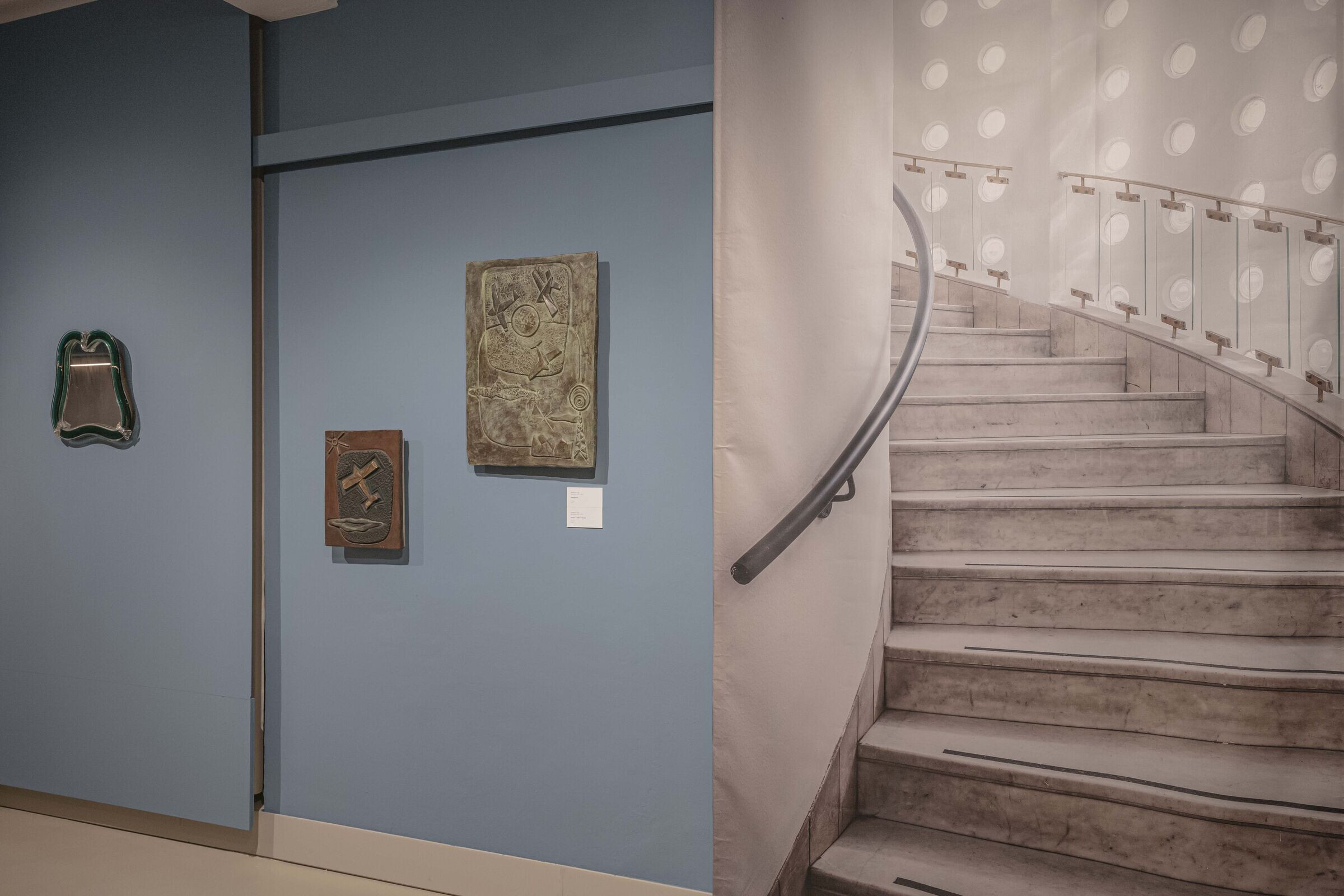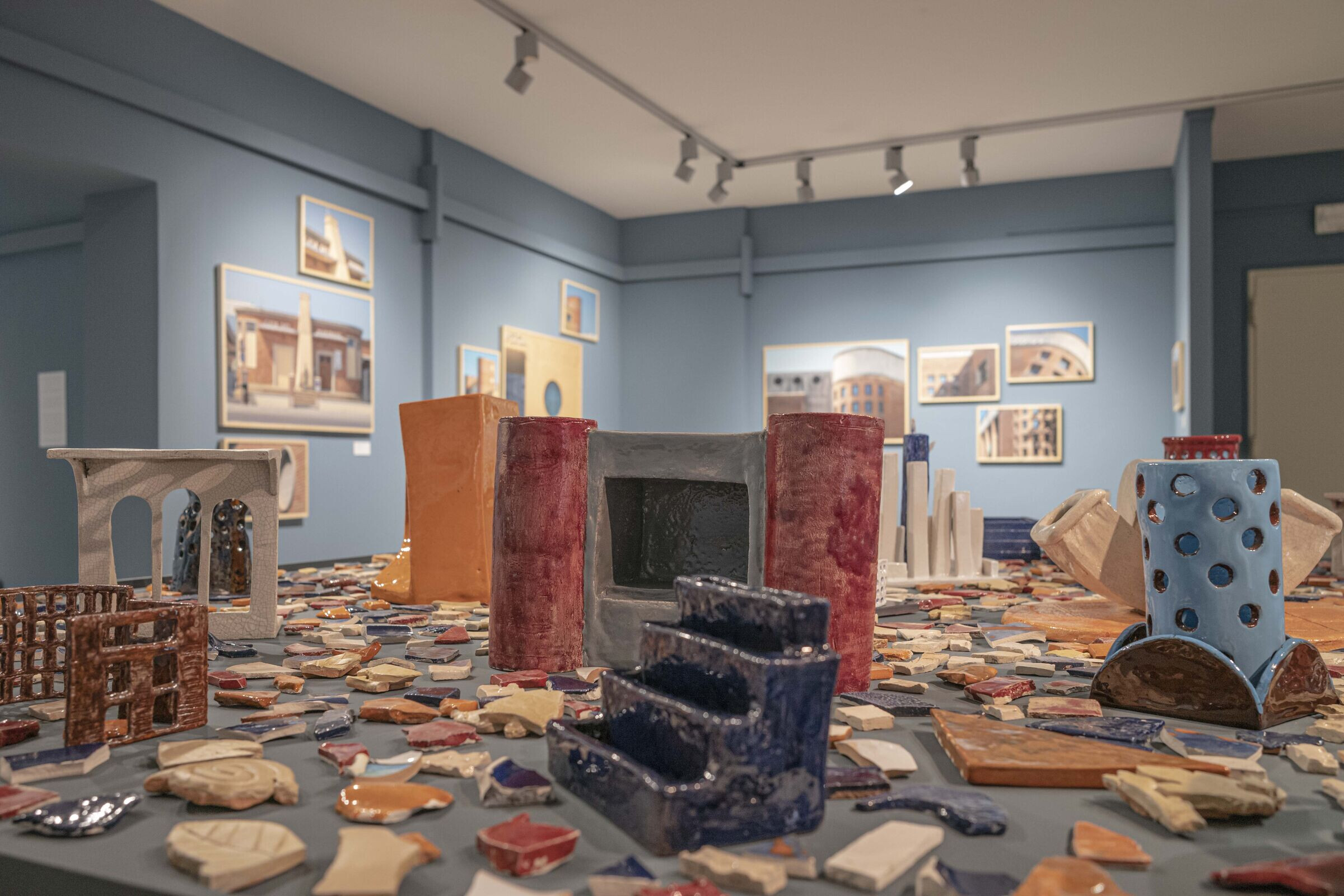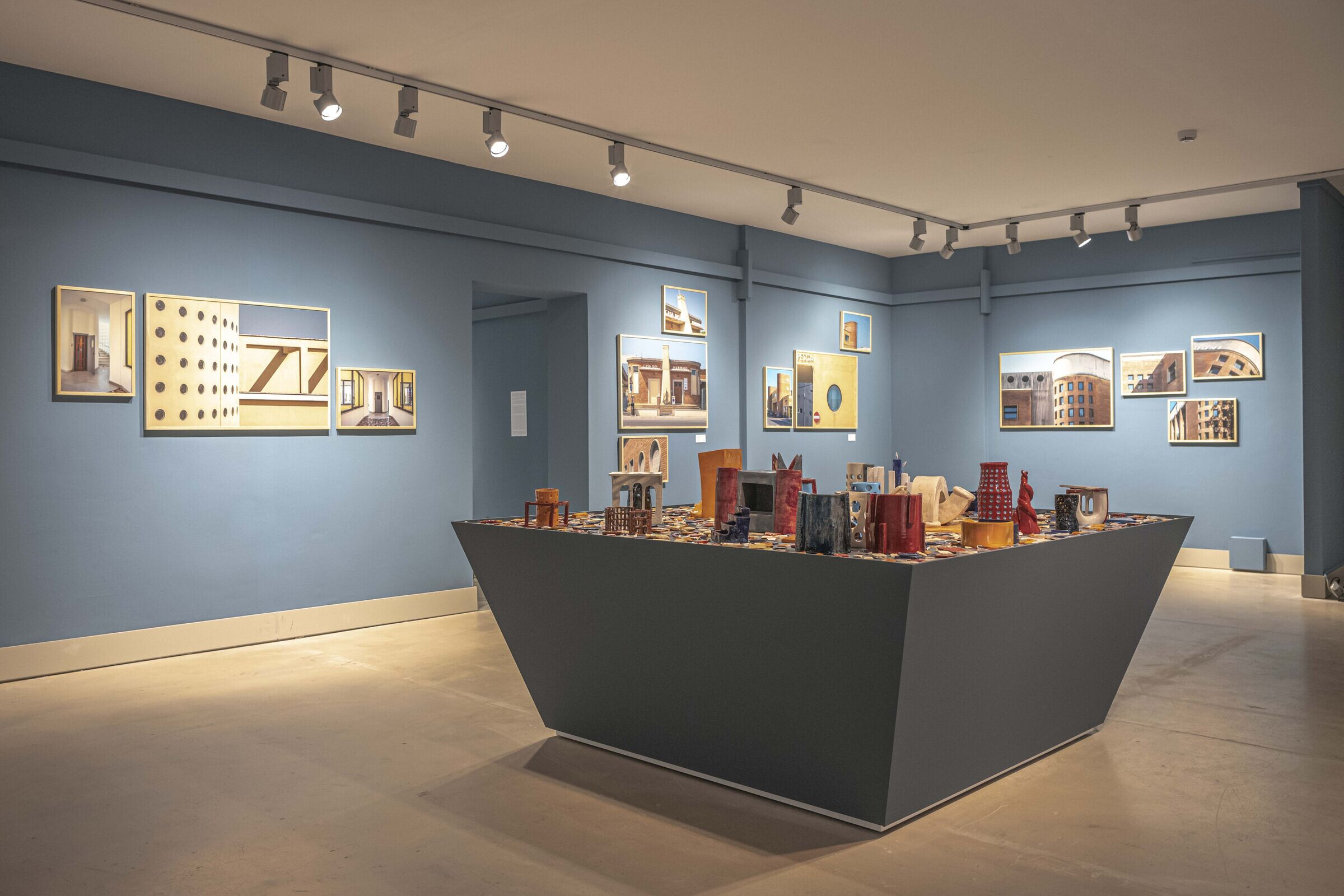PU.Ra is a superfluous exhibition, and therefore necessary.
It is a love declaration to the architectural project.
Its purpose is not to reiterate that "the most successful modernist buildings were built by the Fascists". Instead, one of its possible aim is to observe and study a small group of civic architecture, built in the province of Pesaro-Urbino, worthy of note for simple reasons - maybe also political - not further reducible. That is, for their formal register, timely and never redundant, for their ability to integrate with a given urban fabric and to continue it, for their ability to confirm themselves today as clear, understandable, ordering elements.

Not only. These buildings, in most cases, were designed by young and talented architects, who competed through public competitions, which became a decisive tool in order to determine the average quality of the architectural project in Italy, at the time meant as state art, never as a downward professional practice.
Who knows if it is really possible to mean even the most humble of human artifacts as politically neutral work. Probably not.

Inevitably then, the Italian Constitution of 1948, founded on a reasonable anti-fascist sentiment, established a sort of abandonment of the cultural and architectural heritage bequeathed by the two decades. But as we well know, what is removed is nothing more than something that we are not able to understand, to which we are not able to attribute a value, wether positive or negative. The removed survives and feeds itself precisely thanks to a condition of blindness, more or less conscious.

With a certain nonchalance in the comparison of the status quo, tainted by an stagnant and atrophied political condition, we faced these "things", these volumes of finely composed matter, considering ourselves immune from possible interpretative drifts, biased, pathetic.
As insiders, we allowed ourselves to scientifically analyze these works of human genius. We appreciated the details, the finishes, observed the chiaroscuro during the days and seasons.
Silent architectures, seemingly without quality, they finally revealed themselves for what they are: unpretentious works, animated by rare virtuosity, exact in their pureness.

It would be naive to believe that this kind of research can be carried out in every area of architectural knowledge, yet this is our highest aspiration. Investigating the bowels of theory as well as of architectural practice, its history, made of designers, prior women and men, of their choices, not only in design.
We now pass this baton, this modest and perhaps wishful anthology, to the hands of those who want to take a similar path, certainly not equally declined, able to guard its intentions, relaunching them at least a step forward.
























